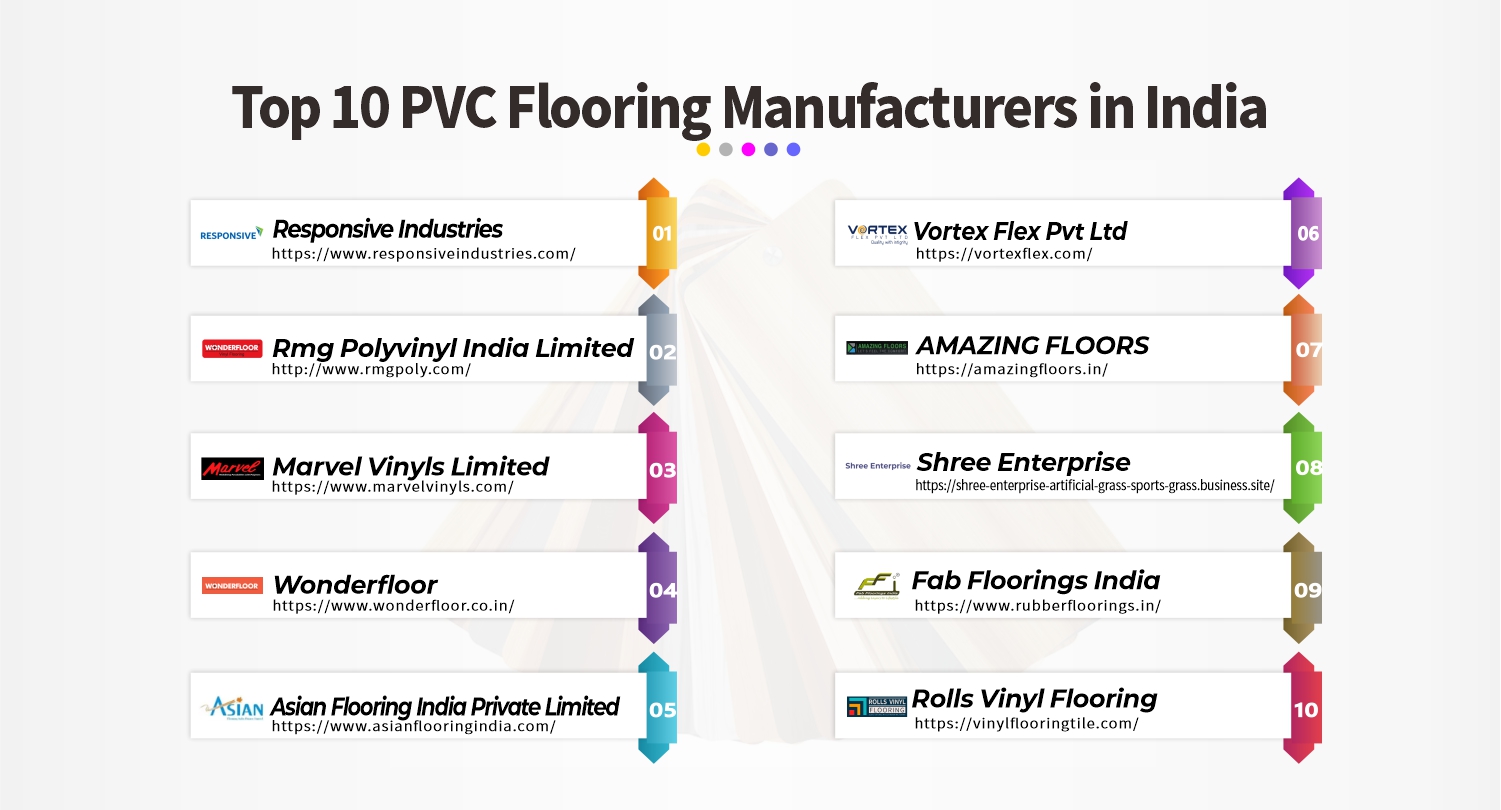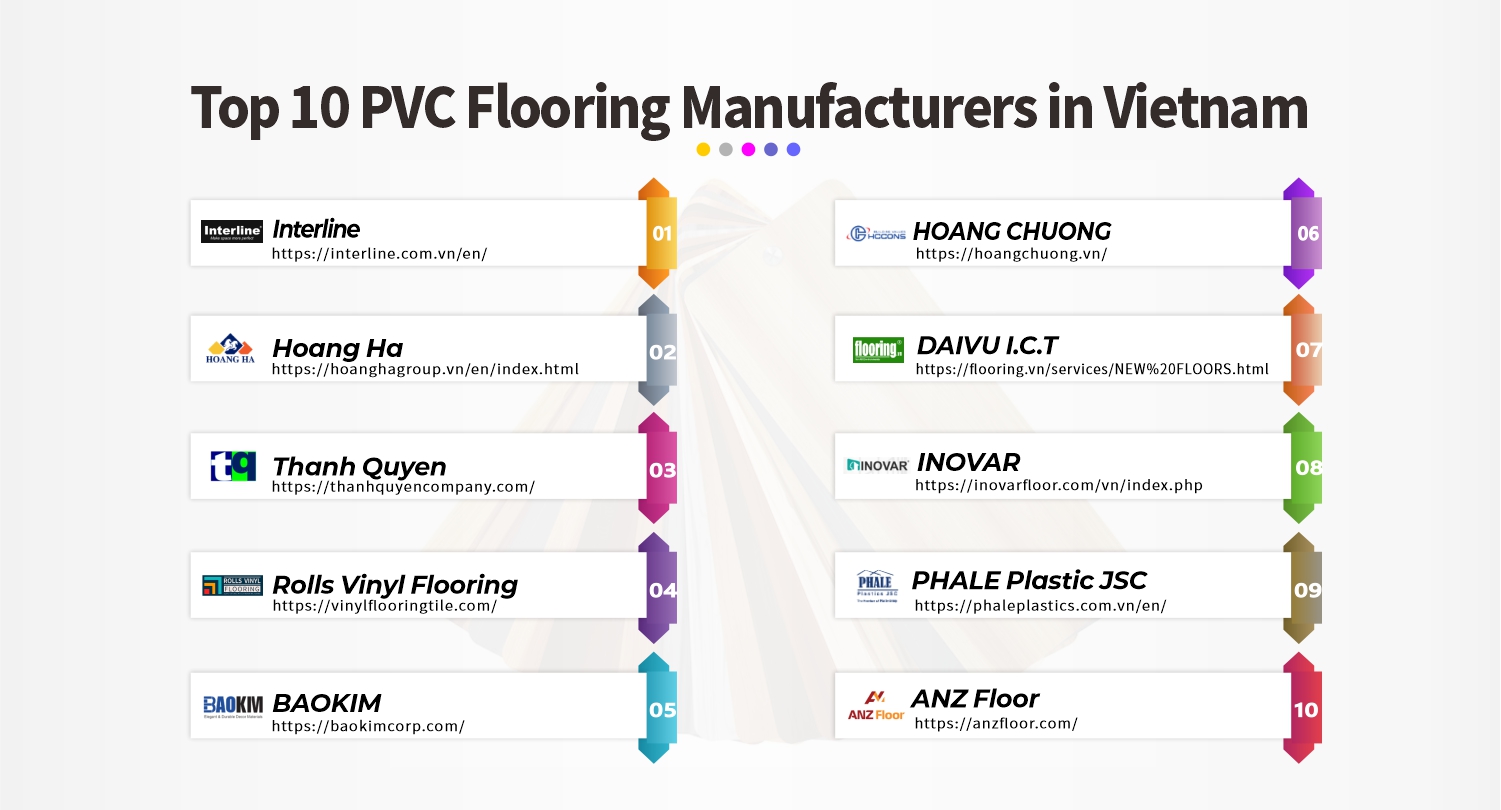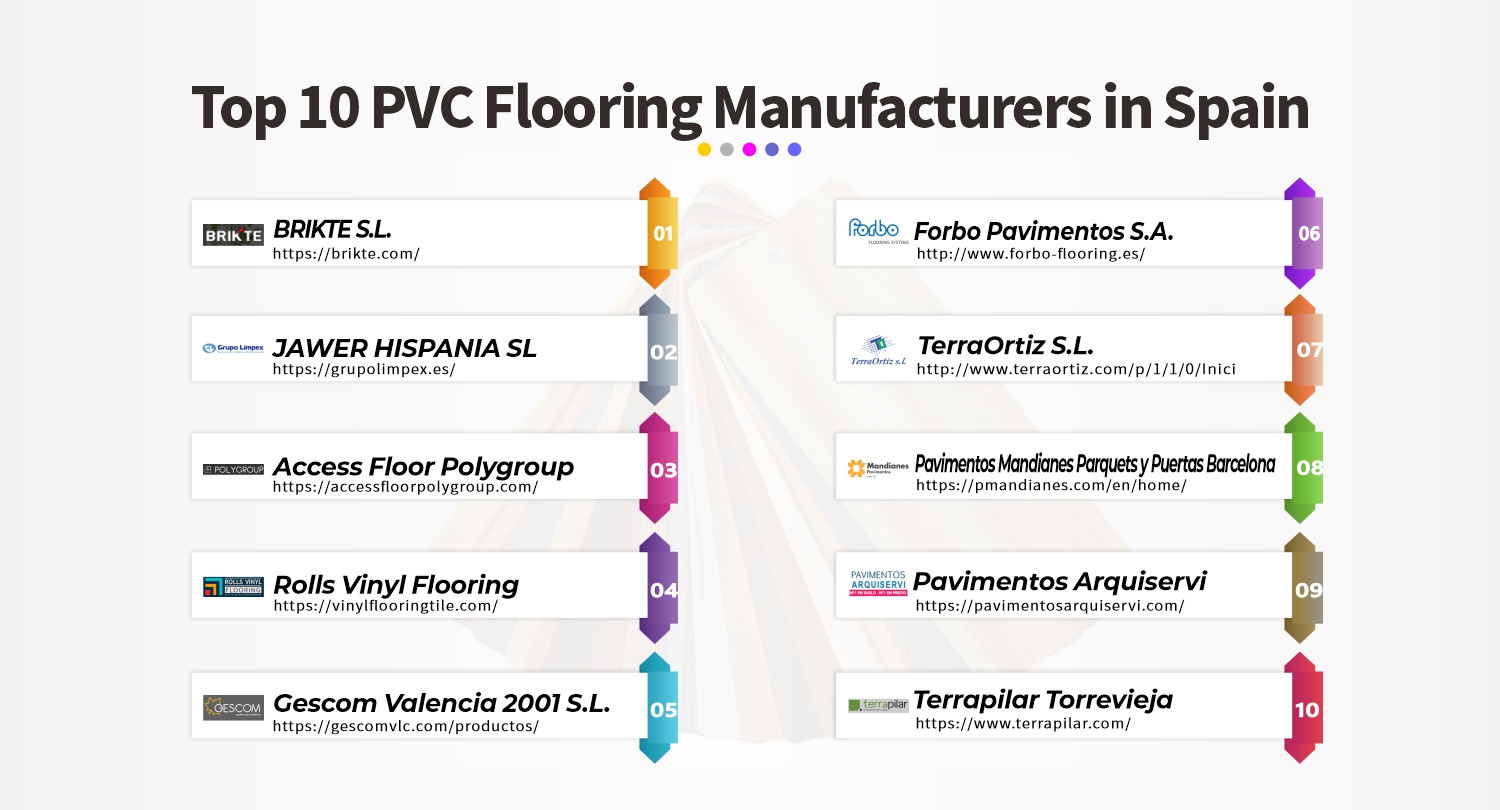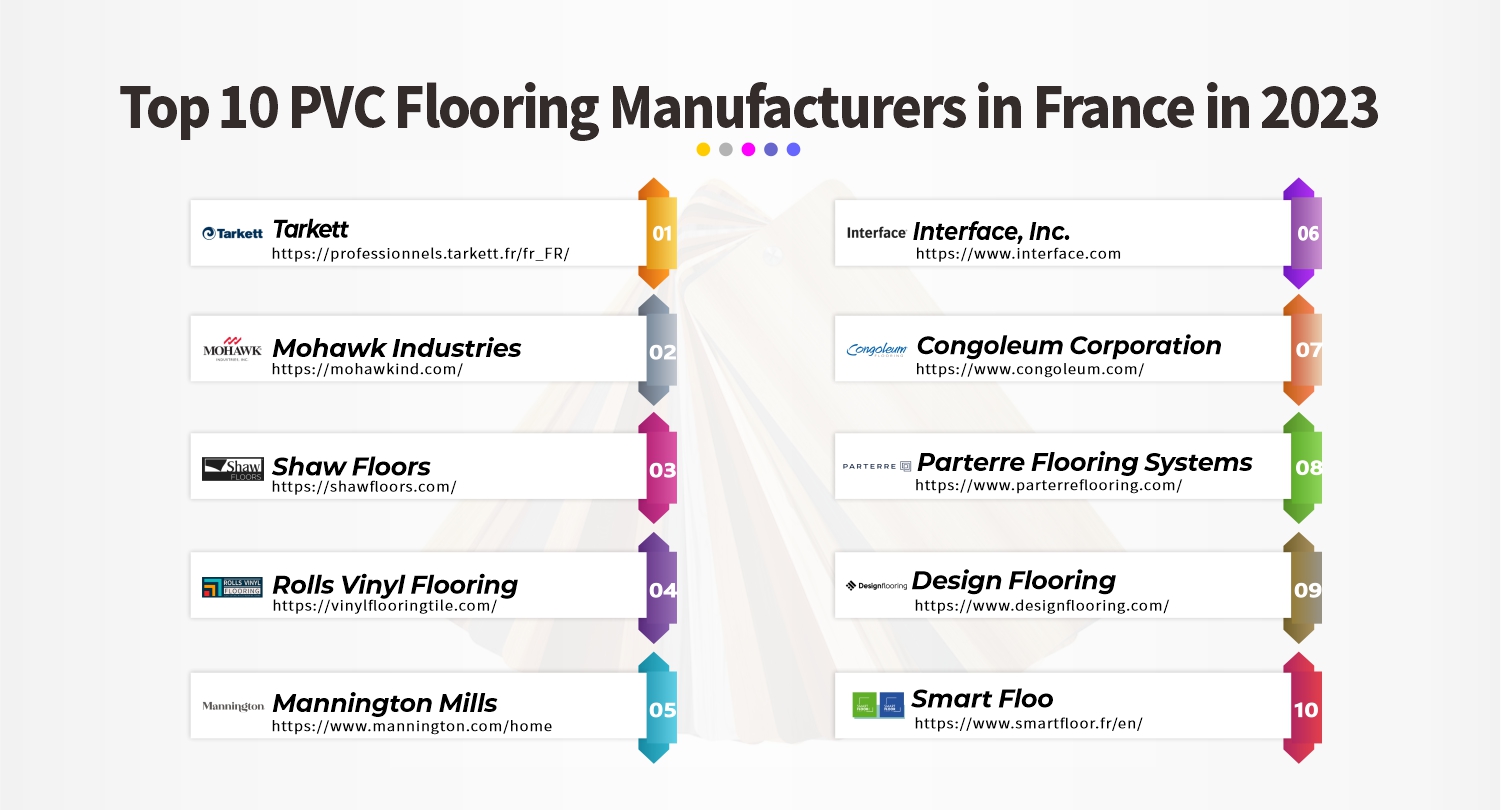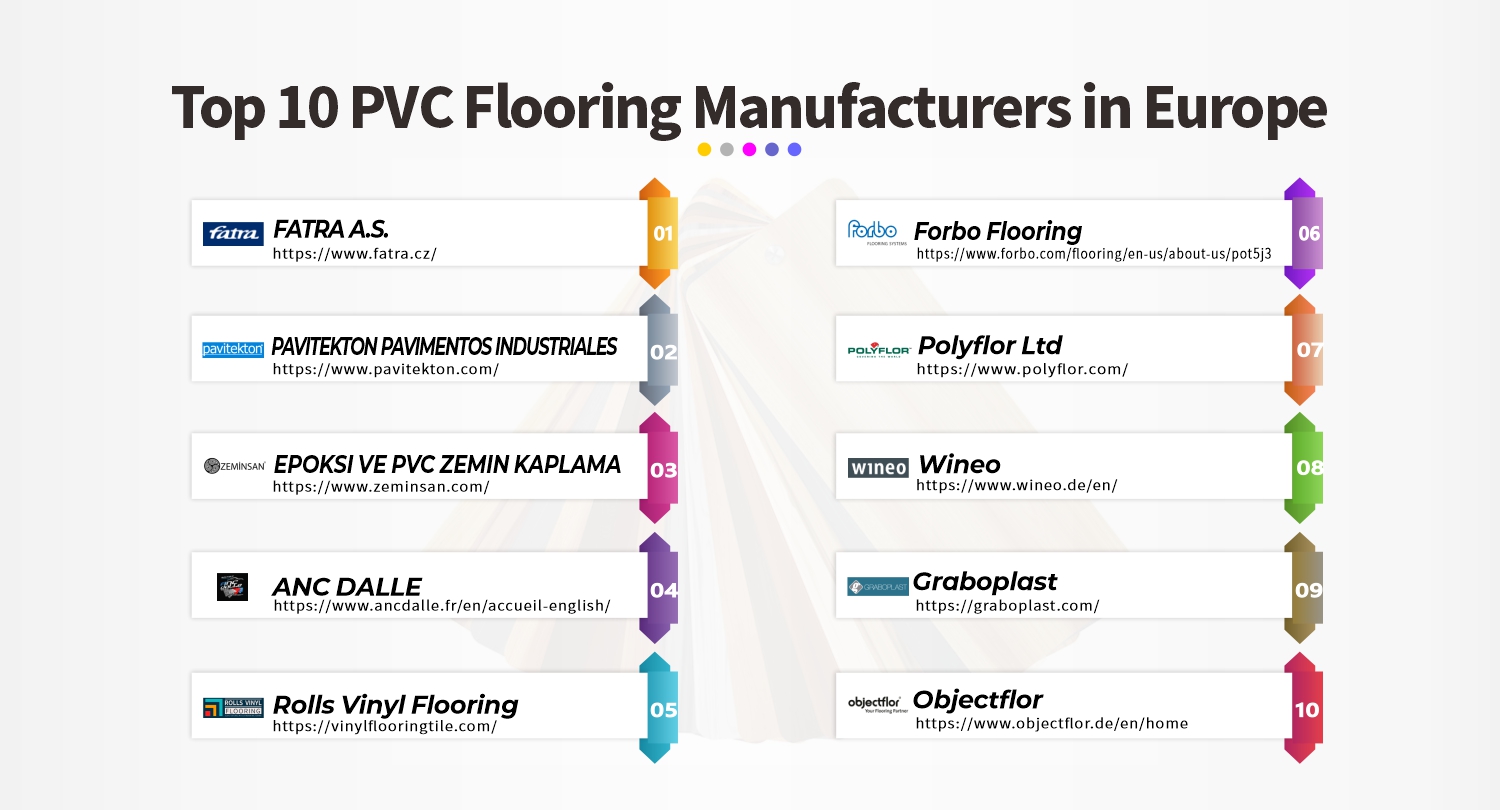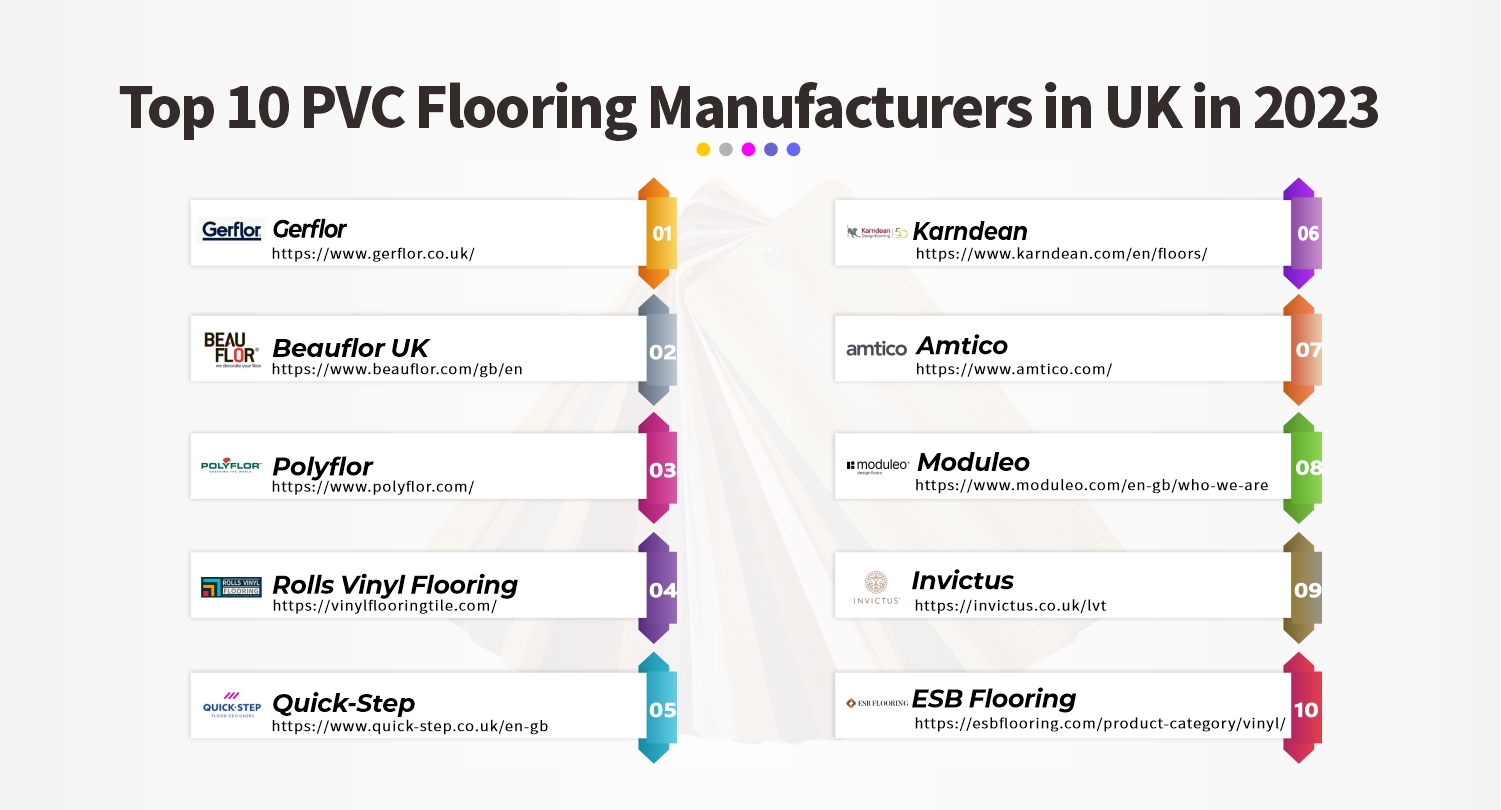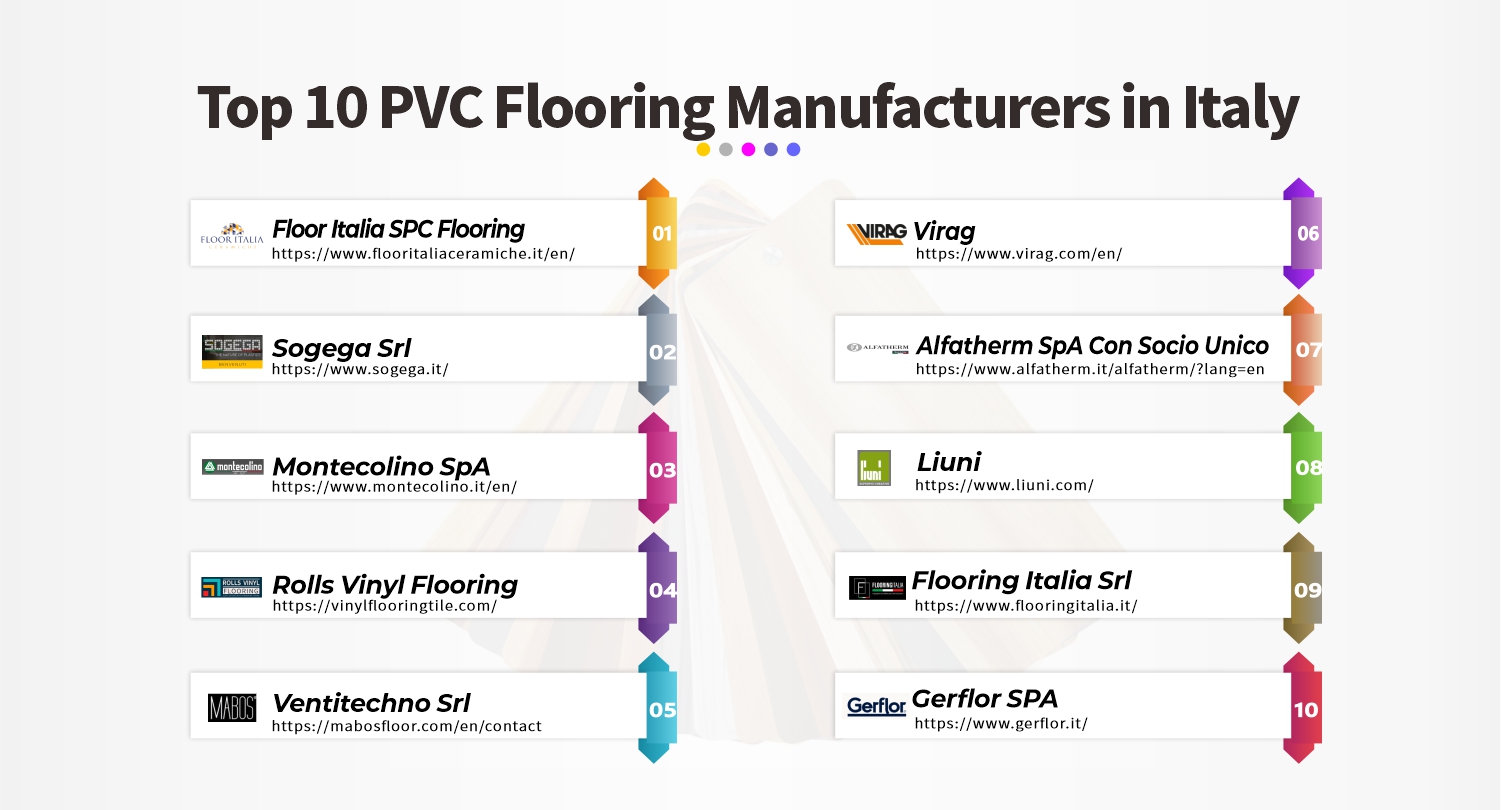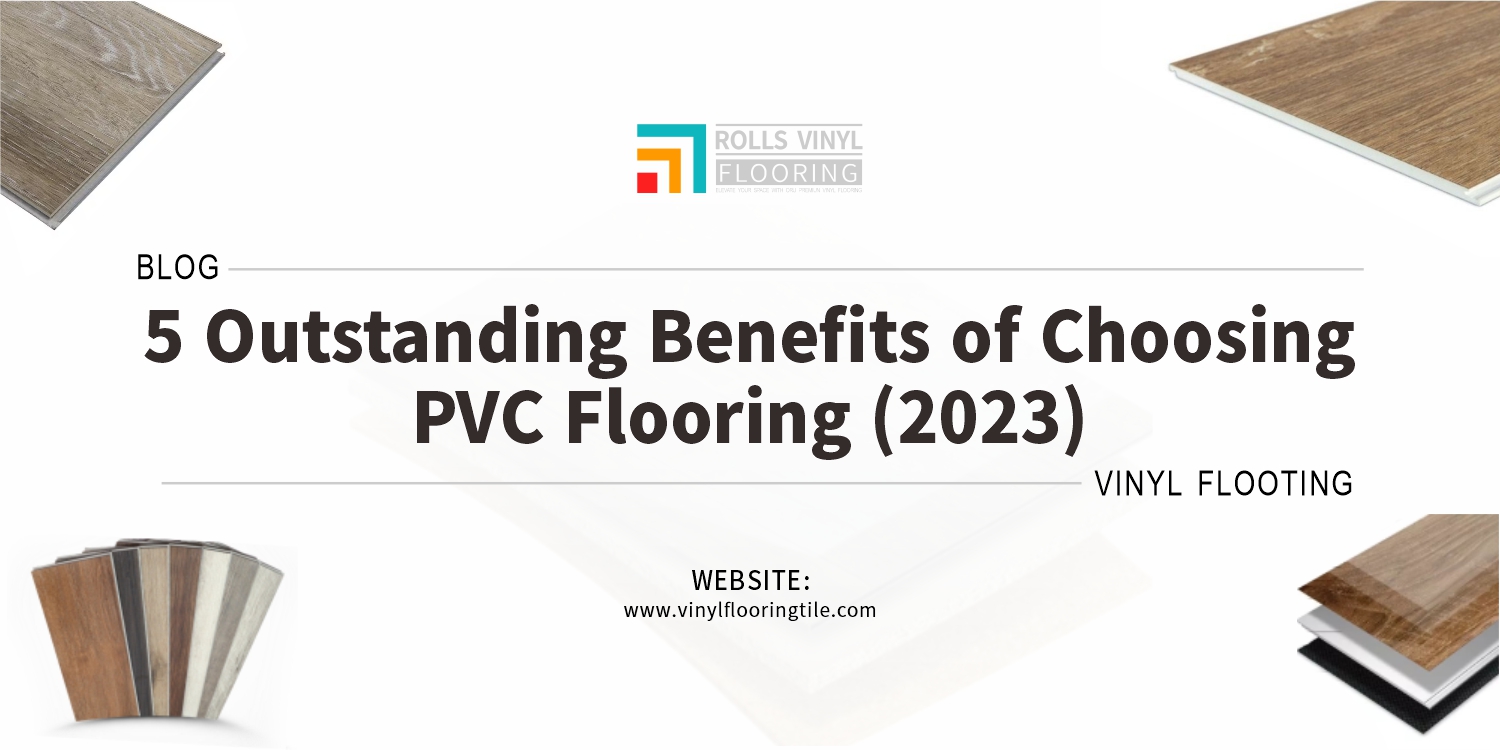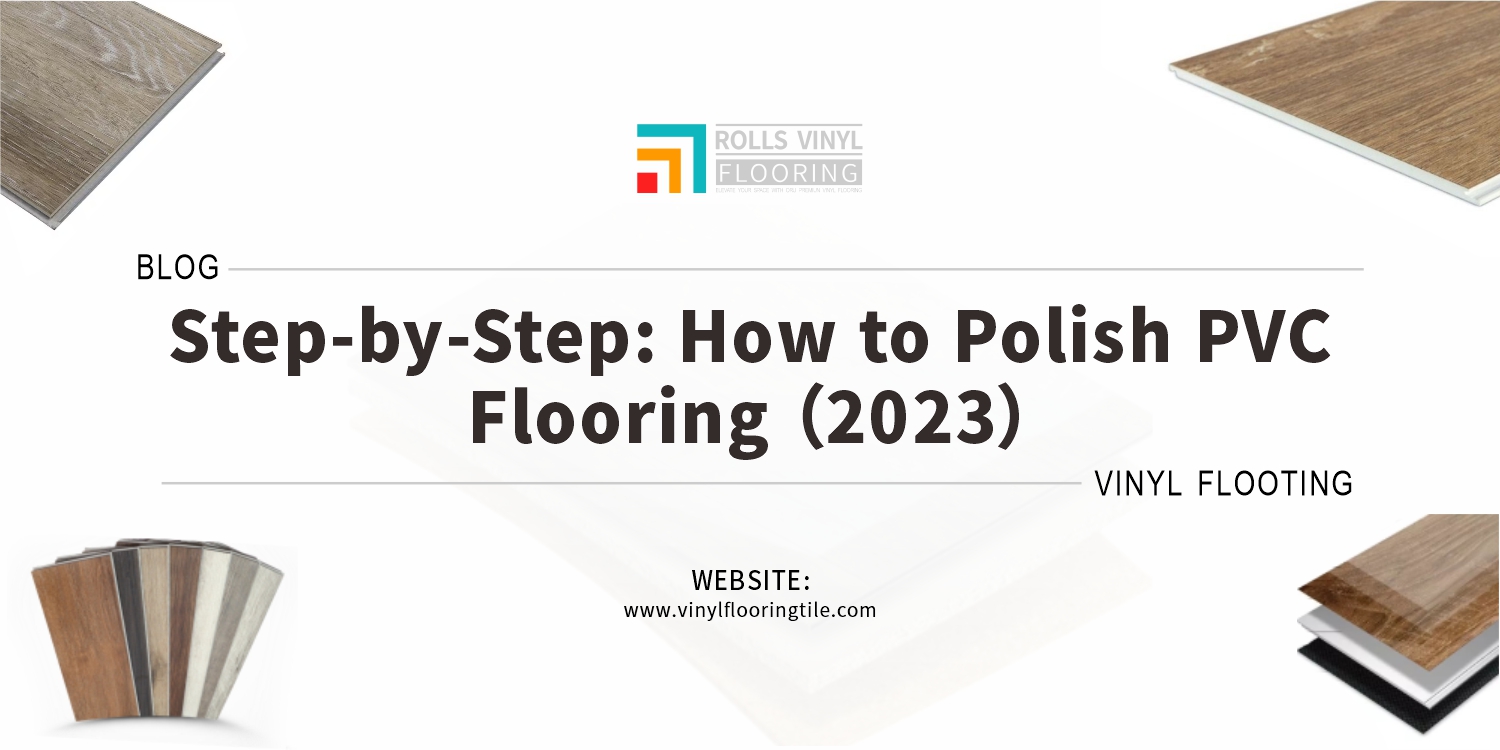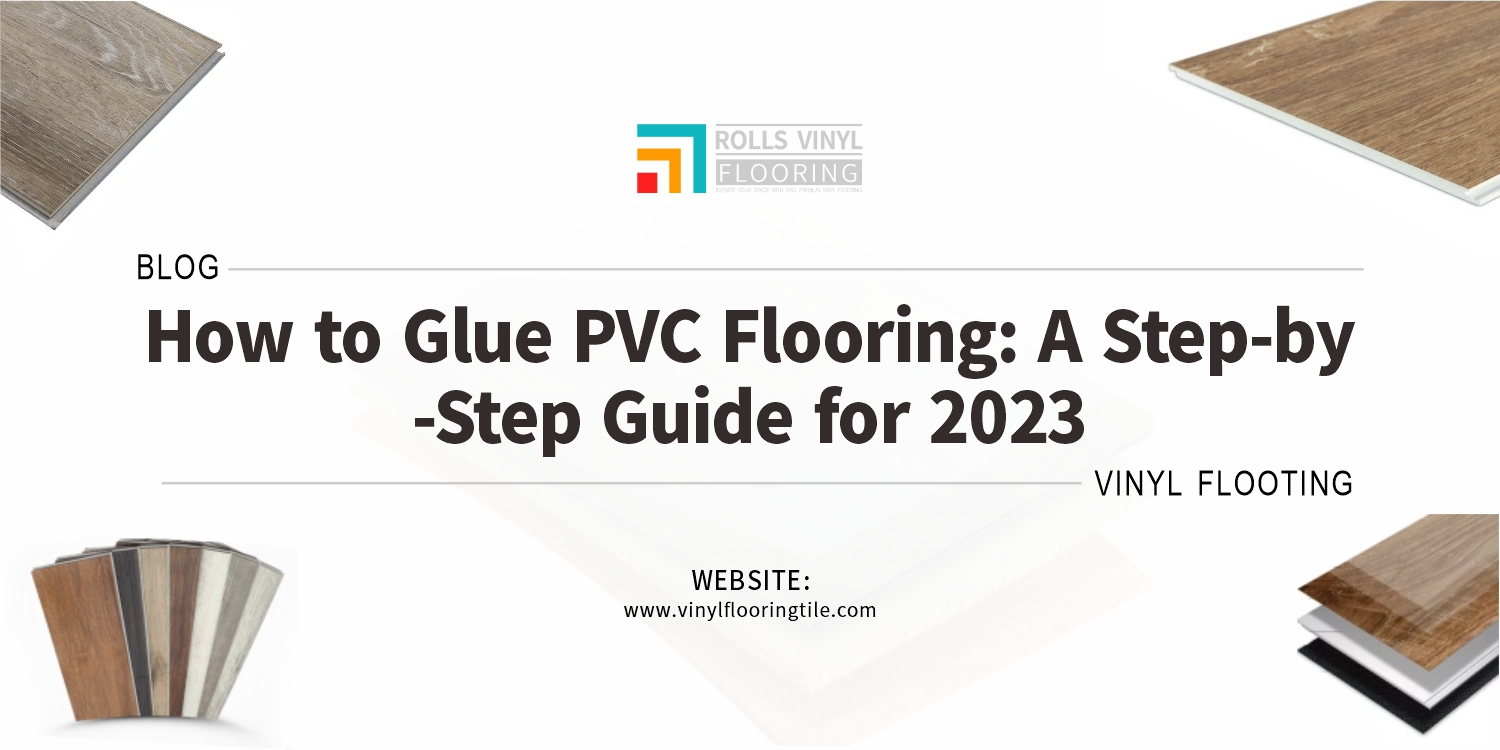Have you ever desired a distinctive, natural-stone-inspired aesthetic for your floors but been deterred by the cost and installation complexity? Pebble look vinyl flooring can be your solution! This blog post aims to explore the fascinating world of pebble look vinyl flooring, its varieties, application areas, and benefits.
I.Understanding Pebble Look Vinyl Flooring
Pebble look vinyl flooring is an innovative flooring option that mimics the natural and unique look of pebble stones. It comes in a variety of styles, colors, and textures, allowing you to create an effortlessly versatile and aesthetic space. The types range from smooth, polished designs reflecting a contemporary look to rustic, rough-textured types for an earthy feel.
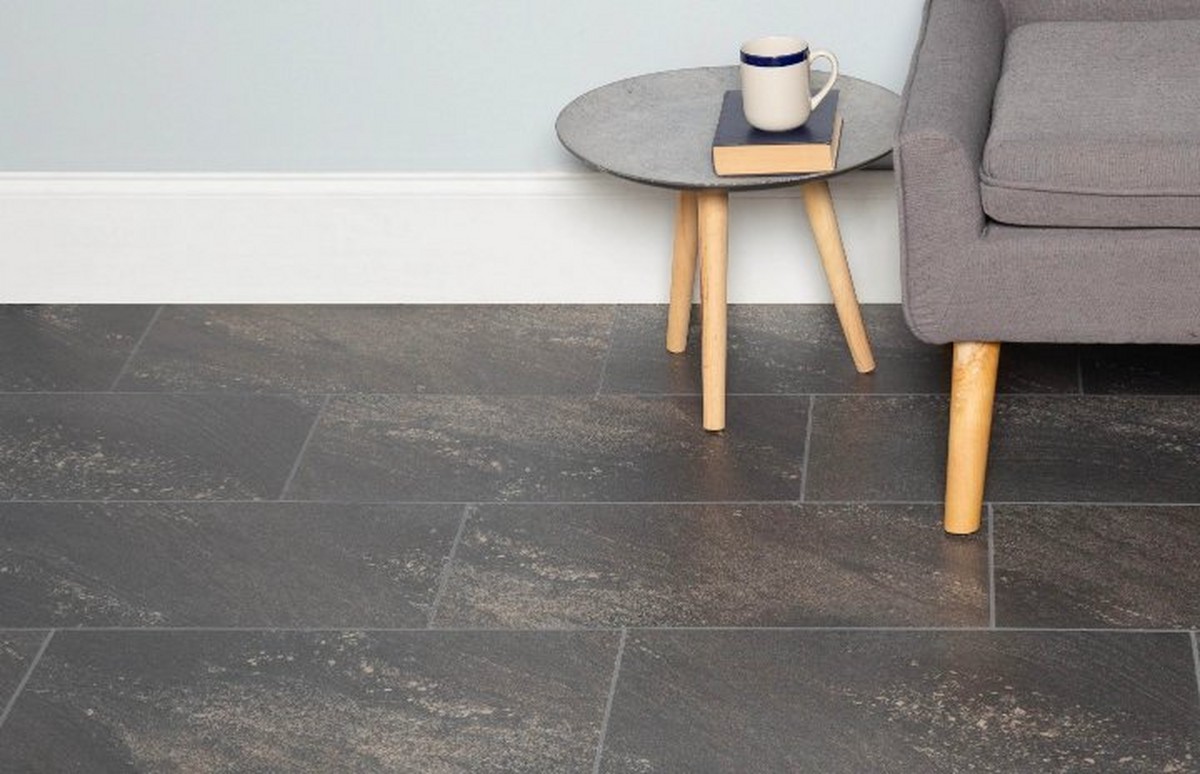
This type of flooring proves ideal for many places. Its robustness and water-resistant properties make it popular in bathrooms, kitchens, and mudrooms. Moreover, it’s also favoured in commercial settings like restaurants and retail stores for its unique look and durability.
Continue reading to dive deeper into the nuances of pebble look vinyl flooring and how it can uplift your interior decor game. Your ideal flooring solution might just be a scroll away!
II. Benefits of Pebble Look Vinyl Flooring

A. Durability and Longevity
Having worked with a variety of flooring materials over the years, I can confidently vouch for the resilience of pebble look vinyl flooring. Not only does it hold up well under heavy foot traffic, but its longevity far surpasses that of many other types of flooring. It’s designed to resist scratches, dents, and other forms of damage that floors typically suffer over time.
B. Aesthetically Pleasing
One thing I always hear from clients is how much they appreciate the look of pebble vinyl flooring. Its natural appearance can transform a room, offering a distinctive and stylish look that’s hard to replicate with other materials. It adds depth and texture to any space, providing a beautiful yet functional solution for your flooring needs.
C. Comfort and Warmth
Comfort is crucial when choosing a flooring material, and pebble look vinyl doesn’t disappoint. Unlike hard surfaces such as concrete or ceramic, this type of flooring offers a pleasant underfoot feeling. It is warm, making it a great choice for rooms where you’ll be barefoot, like bathrooms or bedrooms.
D. Water and Stain Resistant
In my experience dealing with various types of flooring, I’ve found that water and stains can be a major concern. But that’s where pebble look vinyl flooring shines. Its water resistance makes it an excellent choice for areas prone to moisture like kitchens or bathrooms, while its stain resistance ensures that it remains looking fresh and clean, even in the face of spills or accidents.
E. Cost-Effective and Low Maintenance
When you consider the cost and maintenance required for other types of flooring, pebble look vinyl comes out on top. Its initial cost is significantly lower compared to materials like hardwood or tile. Plus, maintaining it couldn’t be simpler. Regular sweeping and occasional mopping are all that’s needed to keep it looking new.
F. Versatility in Design Options
Finally, pebble look vinyl flooring brings a unique versatility in design. Thanks to the latest manufacturing technologies, it’s available in a wide array of colors, patterns, and sizes. This means you’ll find just the right style to complement your decor, whether your taste leans towards the traditional or the modern. This vast selection is something I am always enthusiastic to share with clients, as it truly allows you to personalize your space.
In my line of work, I’ve always strived to provide accurate and reliable information to clients. I’ve built a reputation for being a trustworthy source of knowledge when it comes to flooring options and I take pride in that. With pebble look vinyl flooring, you’re investing in durability, aesthetics, comfort, and cost-effectiveness. It’s a decision you’ll appreciate for years to come.
III. Guidelines for Installing Pebble Look Vinyl Flooring
As a professional with years of hands-on experience in floor installation, I’ve gained invaluable knowledge and skills specific to installing pebble look vinyl flooring. I’m here to guide you through the process, sharing expert tips and insights from my time in the field.

A. Preparation of the Installation Site
Preparing the installation site is a vital first step. An uneven surface can create difficulties during the installation and result in imperfections in the final look of your vinyl flooring. I suggest that you first remove any existing carpet or flooring. Sweep and clean the area thoroughly to remove any dirt or debris.
For concrete subfloors, ensure that they are smooth and flat. Patch any holes or cracks, and grind down any high spots. If you’re working with a wooden subfloor, make sure it is secure without any loose boards.
B. Tools Needed for Installation
Having the right tools at your disposal makes the installation process smoother and more efficient. The tools you’ll need include a tape measure, utility knife, straight edge, vinyl roller, and a notched trowel. I’ve always found that quality tools can make a vast difference in the efficiency of your work and the quality of the final product.
C. Step-by-step guide to installing pebble look vinyl flooring
1. Measure the Room: Begin by measuring the room to determine how much flooring you will need. It’s always a good idea to buy a little extra to account for any mistakes or damages.
2. Cut the Vinyl: Roll out the vinyl on a flat surface and use your measurements to cut it to size. Always double-check your measurements before making any cuts.
3. Apply Adhesive: Using a notched trowel, evenly spread the adhesive on the subfloor.
4. Install the Flooring: Carefully lay the vinyl, ensuring it’s smooth and free from bubbles. Use a vinyl roller to make sure it’s fully adhered to the subfloor.
5. Trim Excess: After the adhesive has dried, trim any excess vinyl for a neat finish.
6. Seal the Edges: Use a seam sealer to seal the edges and make your flooring watertight.
D. Tips and Tricks for a successful installation
– Always let the vinyl acclimate to the room temperature before installing.
– When measuring the room, remember to account for any outcroppings or fixtures.
– Don’t stretch the vinyl when installing; it should lie flat against the subfloor.
E. Hiring Professionals vs DIY Installation
While installing vinyl flooring can be a DIY project, hiring professionals offers the benefit of their experience and skill. Professionals can ensure a smooth and efficient installation, saving you time and potentially costly mistakes. However, if you’re comfortable with the process and have the necessary tools, a DIY installation can be a rewarding project.
Remember, accurate and reliable information is crucial when it comes to home improvement projects. I hope this guide has provided you with the needed knowledge for your vinyl flooring installation.
IV. Maintaining Pebble Look Vinyl Flooring

A. Regular Cleaning and Maintenance Tips
Having spent several years installing and maintaining a variety of flooring types, I can confidently say that taking care of your pebble look vinyl flooring doesn’t have to be a daunting task. My experience has prepared me to share these practical tips that can help you maintain a vibrant and attractive floor.
On a daily basis, it’s important to sweep the floor with a soft bristle broom to prevent buildup of dirt and dust. Weekly, use a mild detergent mixed with warm water and a mop to eliminate any remaining dirt. However, avoid using excessive water as it can seep into the edges of the vinyl and cause it to warp.
B. Dealing with Stains and Spills
No matter how diligently you take care of your vinyl flooring, accidents and spills are bound to happen. When they do, prompt action can save your floor from permanent stains. Wipe spills immediately with a damp cloth. For tougher stains, a mixture of baking soda and water can work wonders.
Though I discourage using harsh chemicals on vinyl, there are certain cases, like scuff marks or crayon marks, where rubbing alcohol can be your best option. Please remember to test any cleaning solution in a hidden area first to ensure it won’t damage your flooring.
C. Tips on Preventing and Repairing Scratches and Dents
Vinyl flooring, though resilient, isn’t immune to scratches and dents. To protect it, ensure you trim your pet’s nails and avoid dragging furniture across the floor. For the unavoidable scratches and dents, use a seam sealer for vinyl flooring. Heat up the dented area with a hairdryer, press it with a seam roller and then apply the sealer.
D. When and How to Replace or Refinish Pebble Look Vinyl Flooring
Should your vinyl flooring suffer major damage, or simply reach the end of its lifespan, replacement or refinishing may be the next step. From my personal experience with numerous installations, I can guide you through the process of replacing vinyl flooring. It involves removing the existing floor, preparing the subfloor and properly installing the new vinyl floor.
On the other hand, if you decide to refinish your floor, know that it’s a complex process which would involve stripping off the old finish, cleaning, and applying a new urethane-based finish.
In conclusion, maintaining pebble look vinyl flooring requires diligence and a thorough understanding of the material. However, equipped with the right knowledge and tools, it’s an achievable task that yields beautiful results. As someone who has worked with it firsthand, I recommend these best practices to keep your floor looking pristine for years to come.
V. Conclusion

Reflecting on my years in the industry, I’ve seen varieties of flooring options, but few stand out like pebble look vinyl flooring. This unique flooring choice offers numerous benefits including its stylish look that effortlessly mimics natural stone, its durability, and easy maintenance.
Installation is straightforward, and I can attest to the satisfaction of seeing even the most ordinary spaces transformed instantaneously. The process involves measuring your space, cutting your vinyl to fit it ideally, and then carefully applying adhesive and laying down the vinyl. I often have found it beneficial to use a roller to ensure the vinyl adheres evenly with no bubbles or creases.
Maintaining pebble look vinyl flooring is also quite simple. Regular sweeping or vacuuming can remove loose dust and dirt. And for more thorough clean, a damp mop with a mild cleaner will do. Remember, it’s important to avoid harsh or abrasive cleaners as these can damage your beautiful floor.
References
For further insight and in-depth understanding, please refer to the provided sources. They’ve been carefully chosen from reputable domains, ensuring accurate and reliable information. It’s always important to delve deeper, enhancing your knowledge on the subject matter.
FAQ

Q: What are the different types of pebble look vinyl flooring?
A: Pebble look vinyl flooring comes in various types, such as:
- Pebble stone vinyl tiles: These are vinyl tiles that have a realistic pebble stone design on the surface. They are usually square or rectangular in shape and have a smooth or textured finish. They can create a natural and elegant look in any room.
- Pebble mosaic vinyl tiles: These are vinyl tiles that have a mosaic pattern of small pebbles on the surface. They are usually hexagonal or circular in shape and have a glossy or matte finish. They can create a colorful and artistic look in any room.
- Pebble effect vinyl planks: These are vinyl planks that have a pebble effect on the surface. They are usually long and narrow in shape and have a wood-like or stone-like appearance. They can create a rustic and cozy look in any room.
Q: Where can I buy pebble look vinyl flooring?
A: Pebble look vinyl flooring is available at many online and offline stores that sell flooring products. You can browse through different options and compare prices, quality, and reviews before making a purchase. Some of the popular online stores that sell pebble look vinyl flooring are:
- [Amazon]: Amazon is one of the largest online retailers that sells a wide range of products, including pebble look vinyl flooring. You can find various brands, colors, shapes, and sizes of pebble look vinyl flooring on Amazon. You can also read customer reviews and ratings to help you make a decision.
- [Wayfair]: Wayfair is an online store that specializes in home furnishings and décor. You can find many types of pebble look vinyl flooring on Wayfair, such as pebble stone vinyl tiles, pebble mosaic vinyl tiles, and pebble effect vinyl planks. You can also filter your search by price, style, material, and installation type.
- [Home Depot]: Home Depot is a home improvement store that sells various products for building, remodeling, and decorating your home. You can find some options of pebble look vinyl flooring on Home Depot, such as pebble stone vinyl tiles and pebble effect vinyl planks. You can also order online and pick up in store or get free delivery.
Q: How do I style my room with pebble look vinyl flooring?
A: Pebble look vinyl flooring can match different styles, such as rustic, modern, coastal, or tropical. Here are some tips to style your room with pebble look vinyl flooring:
- Choose a color scheme that complements your pebble look vinyl flooring. For example, if you have a gray pebble stone vinyl tile floor, you can use white, black, blue, or green as accent colors for your walls, furniture, and accessories.
- Add some natural elements to your room, such as plants, flowers, wood, stone, or metal. These can enhance the organic and earthy vibe of your pebble look vinyl flooring.
- Mix and match different textures and patterns to create contrast and interest in your room. For example, if you have a smooth pebble mosaic vinyl tile floor, you can use fluffy rugs, pillows, or blankets to add some softness and warmth to your room.
- Use lighting to highlight your pebble look vinyl flooring. You can use natural light from windows or skylights to bring out the colors and details of your floor. You can also use artificial light from lamps or candles to create a cozy and romantic atmosphere in your room.


